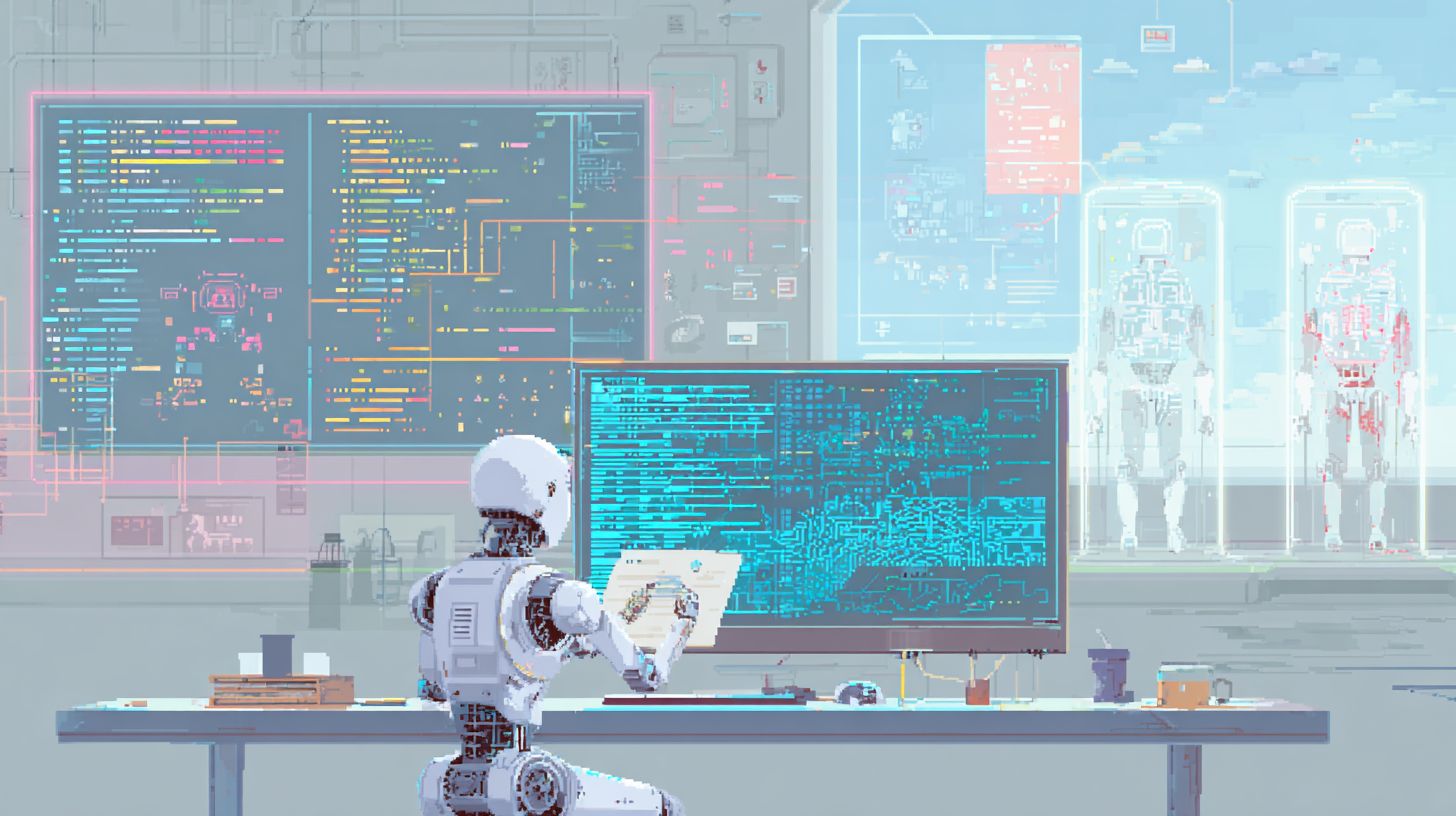OPENAI
Meta’s not the only one playing the open-source game
OpenAI has released two LLMs, gpt-oss-120b and gpt-oss-20b-two, that developers can download and customise.
This is a departure from ChatGPT’s usual closed model setup and puts OpenAI in direct competition with Meta’s Llama models and Chinese rival DeepSeek.
These models are described as “open weight,” meaning they can be fine-tuned but not fully accessed under the hood.
By contrast, Meta labels its models “open source,” though some industry groups argue the term doesn’t fully apply due to usage restrictions.
OpenAI has avoided the label altogether.
The company says the models are designed for “agentic workflows” — in other words, to power autonomous AI agents.
During internal safety testing, OpenAI created versions of the models that mimicked biosecurity and cyber threats but found they couldn’t reach dangerous capability levels.
Meta and DeepSeek have taken similar steps in making their models widely available, with Meta’s Mark Zuckerberg saying this is essential to ensuring AI access isn’t limited to a few major players.
However, Meta has also cautioned that this may not be suitable for highly advanced models.
At a glance:
OpenAI’s new models are free to use and customisable, but not fully open source
They’re built for autonomous AI agents and tested for safety
Google is pushing forward on AGI with a virtual training model called Genie 3
Enter the agentic era
Meanwhile, Google DeepMind has introduced Genie 3, a “world model” that simulates realistic environments to train robots and AI agents.
DeepMind says these kinds of models will play a key role in the development of artificial general intelligence (AGI), where AI can perform a wide range of human-level tasks.
AGI is starting to sound less sci-fi, more Monday morning meeting.

